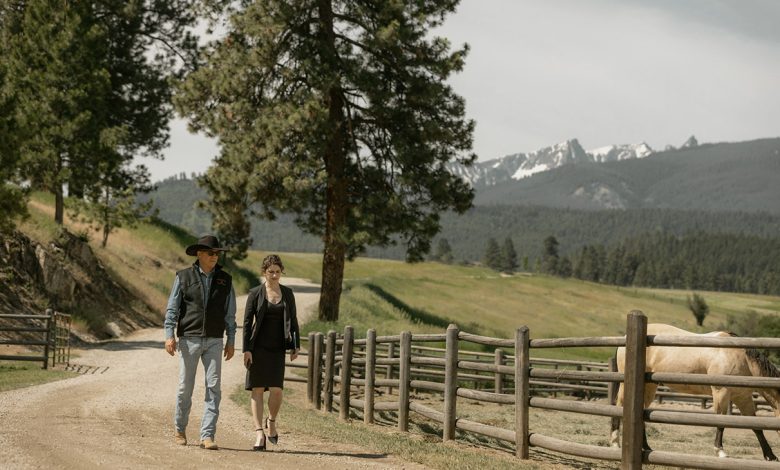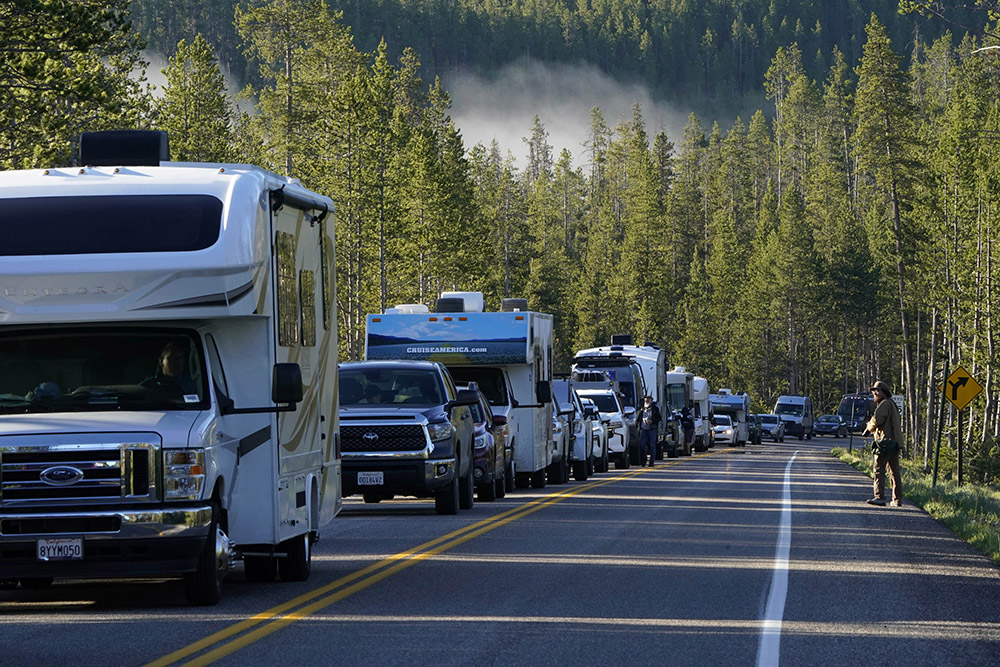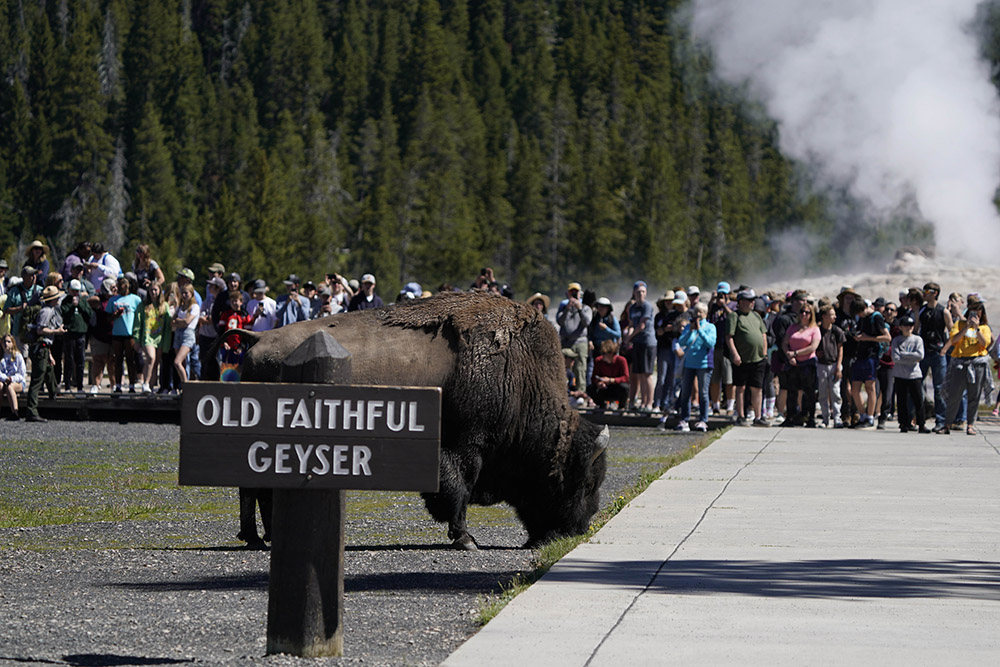Is ‘Yellowstone’ Ruining Yellowstone?

In the summer of 2020, Montana conservationist Scott Christensen’s phone started blowing up, and not over the usual suspects like grizzly bears and wolves. This time people were reaching out to Christensen, who leads the Greater Yellowstone Coalition, to let him know that his Bozeman-based nonprofit organization was involved in more of a cultural issue, mentioned in a fiery scene on the hit show Yellowstone. In the scene, several characters, including Kevin Costner’s ranch patriarch John Dutton, are arguing about the potential building of a new airport in the region when a representative from the fictional Broken Rock Indian Reservation threatens to call the Greater Yellowstone Coalition’s lawyers to stall the project. “I got 25 emails and several voicemails,” says Christensen, who has lived in Bozeman since 2007 and doesn’t watch Yellowstone or its spinoffs. One person even emailed Christensen to express concern about the plans for the airport. “I had to write back and say, ‘It’s a TV show,’” Christensen says. “But it was a reminder that there are a lot of people out there watching this show.”
A lot of people. More than 16 million people tuned in for the premiere of the final season of Yellowstone last November when it aired on multiple networks including CBS and Paramount Network, and more than 14 million tuned in to the finale of 1923, the Yellowstone prequel, earlier this month on Paramount+. In the universe of the popular Western franchise, the vast Dutton family cattle ranch borders Yellowstone National Park and many of the show’s high-stakes dramas involve disputes over land use. (In real life, the show and its spinoffs are primarily shot more than 200 miles west, in Montana’s picturesque Bitterroot Valley.) A key to the allure of the Taylor Sheridan franchise, which has five more spinoffs in various states of development and production, has been the way the shows feature the spectacular landscapes of the region, its high peaks and sweeping valleys, thick forests and wild rivers.
“Part of what Taylor Sheridan has captured and is mining is the sense of this world in proximity to nature and this freedom that we’ve long associated with the West,” says Arthur Middleton, a professor of environmental science, policy and management at the University of California, Berkeley, who has studied the Yellowstone ecosystem for 18 years. “The grit of a life lived in the region — the show is tapping into that. Yellowstone makes people want a piece of the landscape.”
Yellowstone arrived as a cultural phenomenon just as the pandemic and the move toward remote work were driving wealthy urbanites to purchase second and third homes in more rural enclaves. Between 2019 and 2024, Montana’s median home price surged by 85 percent, more than any other state, and out-of-state investors have been acquiring public and private land to develop it into gated communities and exclusive resorts, earning Bozeman the nickname “Bozangeles.”
More people than ever want their very own version of the Dutton lifestyle, not just a Dutton Ranch-branded wine tumbler or beanie like the type for sale in Bozeman gift shops, but an actual home in the area, or a ranchette. “This notion of moving to Montana and buying a ranch, the show has fed that dream,” Christensen says.

The problem is that the show may also be ruining that dream. “You might have moved here for the wildlife, but the things you’ve moved here for are suffering,” Christensen says. Elk herds are now coming into subdivisions in the winter, bears are getting into suburban garbage cans and the development rate in the area is outpacing the amount of available fresh water. “These areas are being loved to death,” says Middleton.
Accompanying the growth have been political changes with ramifications for Yellowstone’s ecosystem. With its high-income refugees, Montana, once a purple state, became more conservative, contributing to a deregulated approach to land-use planning. “There are very large areas where there are no rules for growth and development,” contributing to overbuilding, Christensen says.
The arrival of the second Trump administration has also heightened threats to wild lands, including the slashing of National Parks Service, U.S. Forest Service and Interior Department jobs, and, most alarmingly to Christensen, a plan to sell public lands to meet federal budget shortfalls. “I just do not think it’s a good idea to liquidate our amazing public lands as a short-term fix to a federal budget problem,” he says. “It’s killing the goose that laid the golden egg.”
In Yellowstone the franchise, the region potentially has a wildly popular marketing campaign about its unique beauty. What’s unclear is what role the show has to play in preserving it. “I don’t think we know yet whether Yellowstone driving people to love and engage with this region will destroy it or unleash a new desire to protect it,” Middleton says. “I’m worried. I suspect it will be somewhere in between.”
Some of the people who study and advocate for wildlife in the Yellowstone region would like the show’s makers to get more active. “People should be celebrated for understanding the culture and bringing people into this place,” Middleton says, “but Paramount is having this extraordinary moment in marketing the West. Could some fraction of that be reinvested or could some of their stars engage their rolodexes? Could we just have an hour of Taylor Sheridan’s time to be able to say, ‘Hey, help us pay back into this model’? Can pop culture not just frack nature?”

Representatives for Paramount and Sheridan declined to comment on whether there have been any conservation initiatives undertaken in conjunction with the franchise.
This isn’t the first time a cultural phenomenon has hit Montana hard. Robert Redford’s 1992 fly fishing drama A River Runs Through It, which was shot in Bozeman and Livingston and on the Yellowstone, Gallatin and Boulder rivers, sparked a tourism boom in the region and ignited a 1990s land rush that foreshadowed the one underway today, simultaneously stressing the resources and bringing new money to preservation efforts there.
Perhaps the earliest example of the arts impacting Yellowstone is when landscape painter Thomas Moran and photographer William Henry Jackson traveled to the area with a group of scientists in 1871. In the debate that led to the establishment of Yellowstone as the world’s first national park in 1872, it was not the scientific reports that won over Congress, but the beauty of the artists’ images. “Culture was at the root of this whole thing in the first place,” Middleton says. “What role is it going to play in this era?”
This story appears in the April 2025 Sustainability digital issue of The Hollywood Reporter magazine. Click here to see the rest of the issue.
Source: Hollywoodreporter
HiCelebNews online magazine publishes interesting content every day in the celebrity section of the entertainment category. Follow us to read the latest news.
Related Posts
- Video Shows Sealing of Papal Apartments After Pope Francis’ Death, in Moment Made Famous by Conclave
- Sustainability Issue 2025
- I’ve Fought for the Climate Since the ’80s. All I’ve Worked for Is Being Undone
- The Dire Wolf’s Hollywood DNA
- I Know What You Did Last Summer Trailer Teases Return of Jennifer Love Hewitt and Freddie Prinze Jr.





